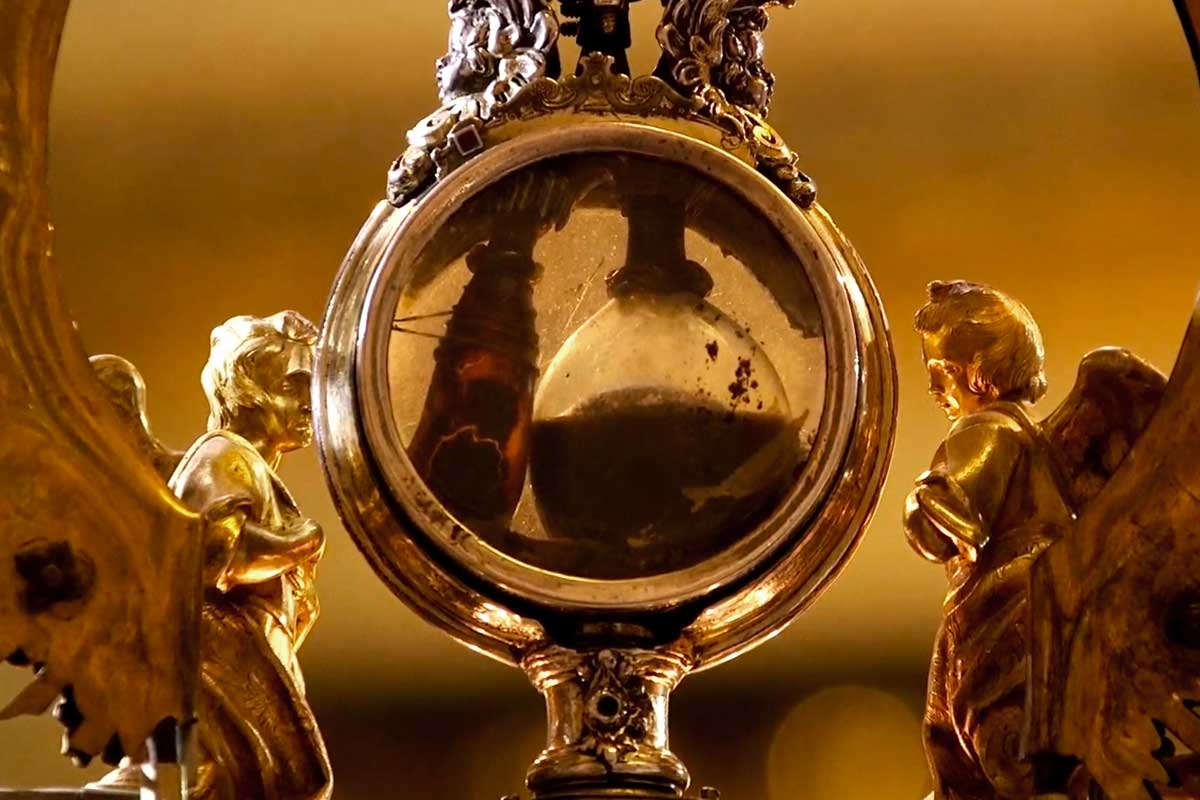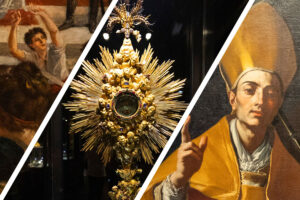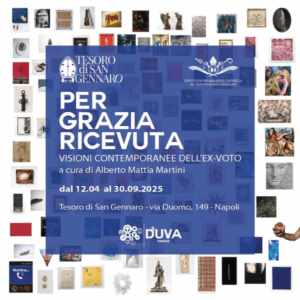The Blood of San Gennaro is arguably one of the most fascinating and enduring mysteries of the Catholic Church. Each year in Naples, Italy, thousands gather to witness an event that has baffled scientists and inspired the faithful for centuries: the alleged liquefaction of the dried blood of San Gennaro. This unique phenomenon, often called the miracle of San Gennaro, is a cornerstone of Neapolitan identity and spirituality.
What is the Blood of San Gennaro?
San Gennaro (Saint Januarius) was the Bishop of Benevento who was martyred during the Diocletianic Persecution around 305 AD. Legend says that a woman named Eusebia collected his blood after his execution. This dried blood is preserved in two small, sealed glass ampoules held in a silver reliquary at the Duomo di San Gennaro (Naples Cathedral). The miracle involves this dried, reddish-brown mass inexplicably turning into a liquid, sometimes within seconds, sometimes hours, and sometimes not at all.
The History of the Miracle of San Gennaro
The earliest documented account of the liquefaction of the blood of San Gennaro dates back to 1389. However, the ampoules themselves are believed to have been interred with the saint’s relics in the 9th century and were brought to Naples in the 13th century. The miracle quickly became associated with the city’s fate. Neapolitans have prayed to San Gennaro to protect them from plagues, earthquakes, and volcanic eruptions from nearby Mount Vesuvius. The regular occurrence of the blood miracle of San Gennaro became a sign of the saint’s continued benevolence.
How the Liquefaction of the Blood Occurs
The liquefaction of the blood of San Gennaro is observed publicly three times a year:
- The first Saturday of May: Commemorating the transfer of his relics.
- September 19th: His feast day and the anniversary of his martyrdom.
- December 16th: Commemorating his intercession to save Naples from the 1631 Vesuvius eruption.
During the ceremony, the Cardinal of Naples holds the reliquary and tips it, showing the assembled crowd the dried blood. The crowd prays, chants, and often cries out for the miracle to occur. The turning of the dried mass into a fluid is considered a positive omen for the city. The blood of San Gennaro explained scientifically remains a mystery, with theories ranging from thixotropy (a material that appears solid until shaken) to simple fervent faith.
Religious and Cultural Significance of the Phenomenon
The blood of San Gennaro explained in a religious and cultural context is simple: it is a deep affirmation of faith and a symbol of protection. For Neapolitans, the success of the miracle is a tangible link to their patron saint and a source of civic pride. It forms a crucial part of the city’s identity, blending Catholic tradition with local folklore.
Celebrations in Honor of San Gennaro
The September 19th celebration is the most significant. A solemn procession carries the saint’s relics and the reliquary through the streets. The miracle is usually performed in the Duomo, followed by days of festivities, markets, and celebrations that turn the entire city into a vibrant hub of devotion.
What Happens If the Blood Does Not Liquefy?
When the blood miracle of San Gennaro fails to occur, it is traditionally interpreted as a dire warning of misfortune. This has happened on a few notable occasions, including in 1980, just before a devastating earthquake, and in 2020, at the start of the COVID-19 pandemic, cementing the folk belief that the state of the blood is directly tied to the city’s fate.
Testimonies and Folk Beliefs Surrounding the Miracle
For those who witness the event, it is an emotionally charged experience, often eliciting tears and shouts of joy. Believers hold that the event is an authentic miracle, while skeptics propose various scientific explanations. Regardless of the viewpoint, the blood of San Gennaro remains one of the world’s most compelling examples of enduring faith and tradition.
Do you want to know more about the Treasure of San Gennaro?





